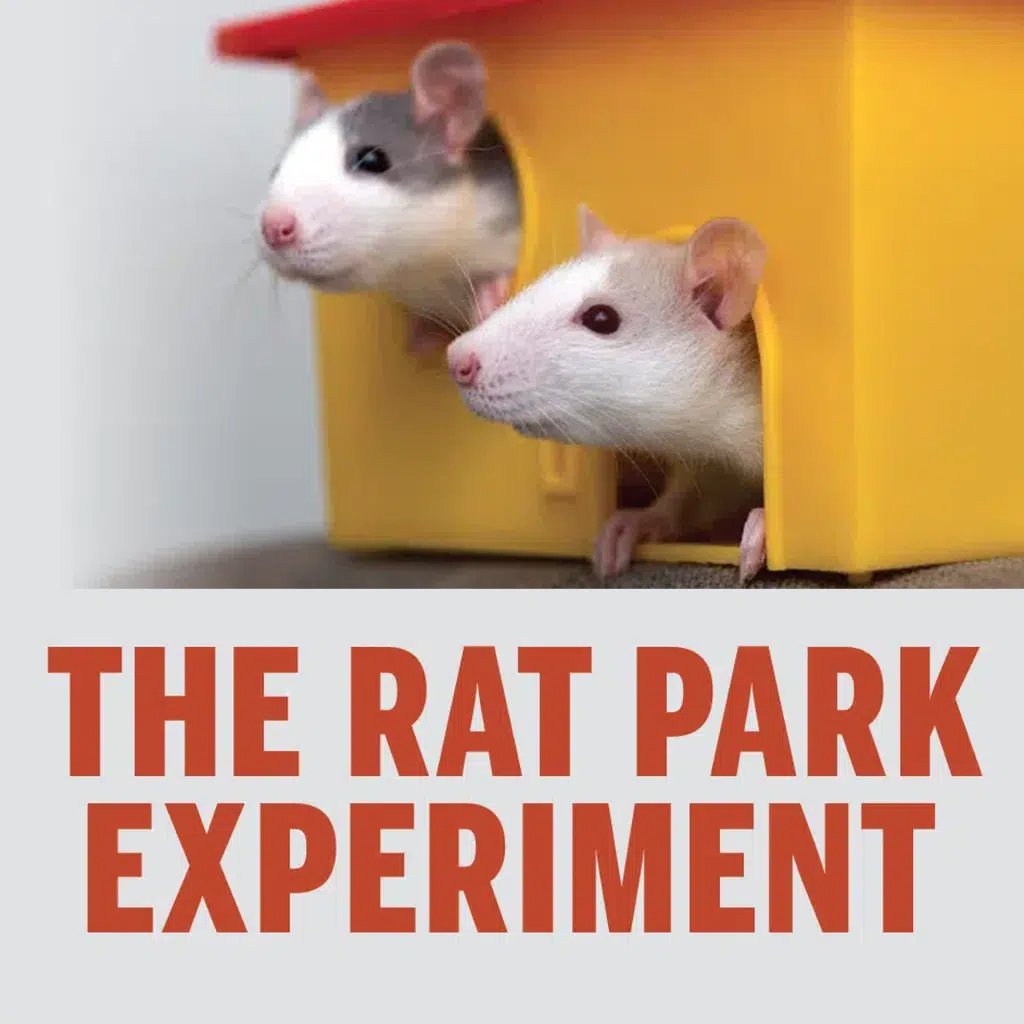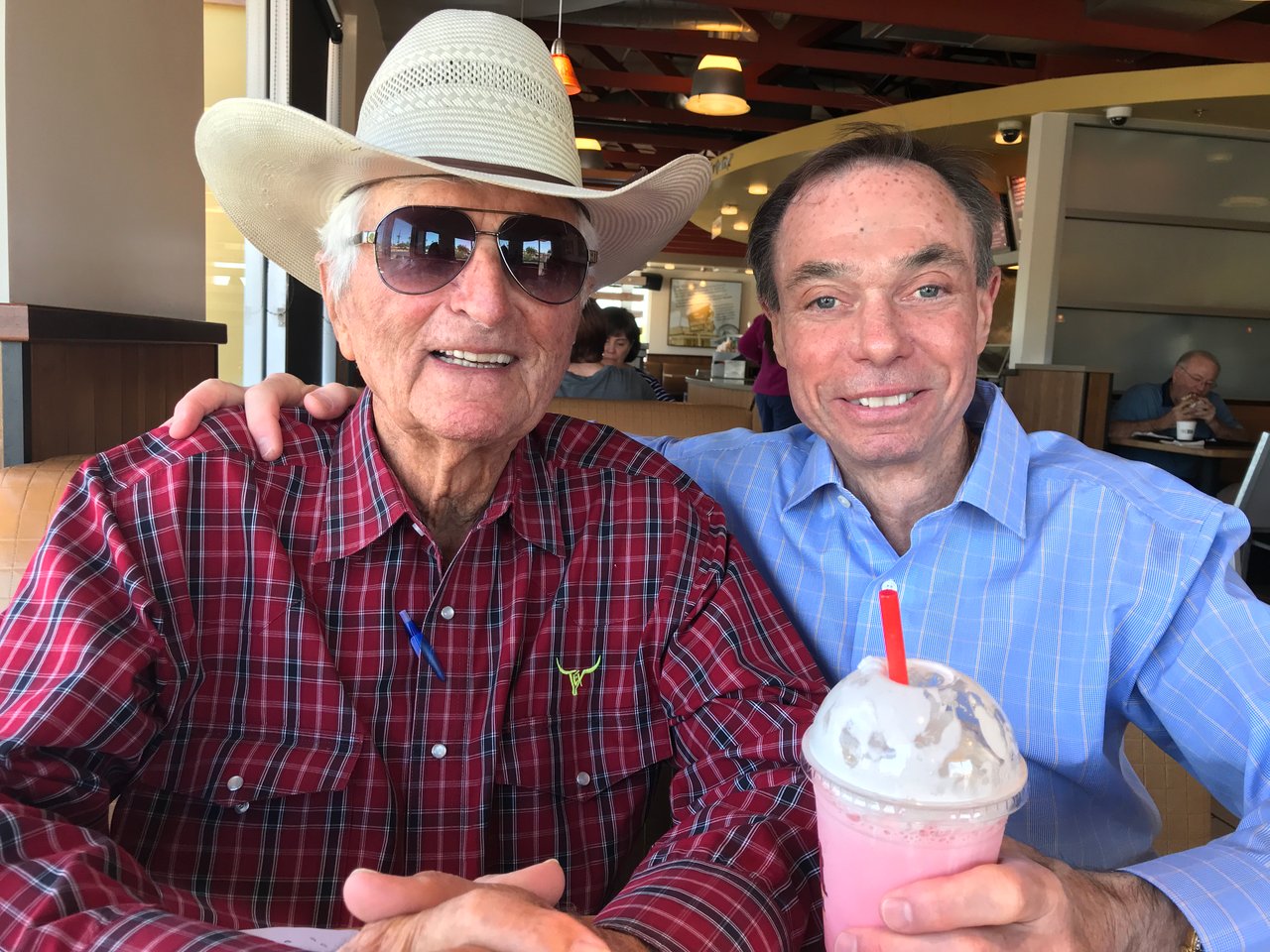Jul 10, 2024
Did you ever hear about the Rat Park Experiment? It was conducted by Canadian psychologist Bruce Alexander in the late 1970s to explore the causes of drug addiction.
Before this experiment, most addiction research was based on studies where rats were placed in isolated cages and given the option to self-administer highly addictive drugs like morphine or cocaine. In these conditions, the rats almost always chose to consume the drugs, often to the point of overdose.
But Alexander’s experiment challenged the prevailing view that addiction was primarily caused by exposure to these addictive substances. He hypothesized that it was the isolated environment that was a more significant factor in the rats’ drug use.
To test this, he created what he referred to as the “Rat Park,” which was a large environment in which multiple rats had ample space, social interaction, and access to food, toys, and mating opportunities.
Alexander divided rats into two groups. One group was placed in the standard, isolated cages (similar to previous studies), and the other group was placed in Rat Park. Both groups were given two water sources – one plain water and one laced with morphine.
What he found was that the rats in the isolated cages consumed large amounts of the morphine-laced water (as suspected), but the rats in Rat Park consumed significantly less morphine-laced water, even when the morphine was sweetened to make it even harder to resist.
This breakthrough experiment challenged the idea that addiction was solely a result of exposure to addictive drugs, demonstrating the importance of socialization in causing or inhibiting addiction.
Alexander’s work gave rise to the revelation that “The opposite of addiction is not sobriety. The opposite of addiction is connection.”
Pretty fascinating, right? My oldest son, Brian, has a master's in psychology, and when he shared this information with me while golfing in Sedona last weekend, I thought it was interesting enough to share with my readers. It reminds me of these words by Mother Teresa: “The most terrible poverty is loneliness.”
It’s no wonder that when COVID hit and widespread social isolation set in, our collective mental health dived. But do you know why? Interestingly, a key player in our negative response to social isolation is a molecule in the brain called tachykinin. It is referred to as the “sinister molecule”. That’s because levels of tachykinin drastically increase in our brains during long periods of social isolation, which leads to heightened anxiety, depression, and aggression.
Conversely, did you ever wonder why you typically feel so good when spending quality time with friends and family? It’s because our brains are wired for social connection. Do you remember the article I wrote back in September 2022 entitled The Spirit of Ubuntu? This African word traces its roots back to a Zulu phrase that means “I am who I am because of who we all are”. The literal translation is “a person is a person through other people”.
Simply put, the importance of social interaction cannot be overemphasized. When we strip away everything else, the relationships we have with others provide the foundation for a good quality of life. Connection lies at the core of human happiness.
Ever heard of Robert J. Waldinger? He is a professor of psychiatry at Harvard Medical School. He directs the Harvard Study of Adult Development, one of the longest-running studies of adult life ever conducted. The study tracked the lives of 724 men for nearly 80 years (and now studies their children) to understand how experiences across multiple decades influence health and well-being.
In his own words.
“The good life is built with good relationships.”




